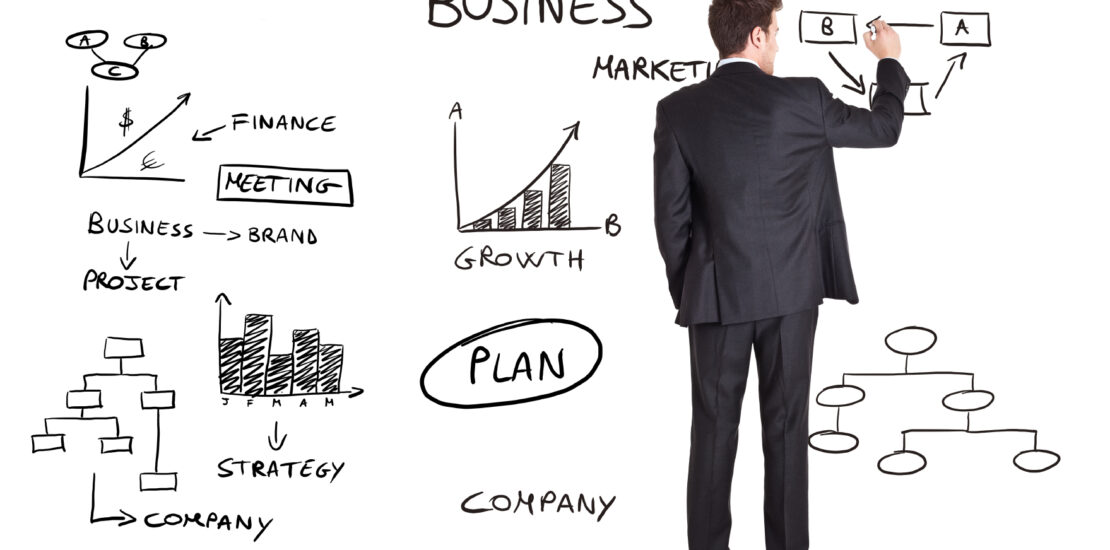Business Integration; A Powerful System For Aligning People, Leadership, and Processes
- November 7, 2013
- Posted by: k-admin
- Category: People

In my last entry, I told you that organizational dynamics and improvement are like dieting; we lose weight by eating less (and better) and burning more calories through activity and exercise. At the top level, it’s that simple. Eat less and exercise more. But we know that’s not easy to accomplish. It takes dedication, discipline, an understanding of the details of nutrition and exercise, a constant attention to our health and well-being, proper rest, emotional health, and abstinence from harmful practices and food and drink. Likewise, there are no quick fixes, no easy ways out, no effortless solutions, and no magic bullets to business management and leadership reform challenges. It takes understanding, a lifetime of dedication, and system that works for each of us to be successful. It’s a long-term lifestyle, not a quick fix.
So where do we start? First let’s start with the basic building blocks of brilliant businesses and organizations:
- People
- Leadership
- Organization and Processes
- Industry-Specific Business Methods and Processes
All of these acting together create an organizational culture; the habits, attitudes, and practices that determine performance. They are the large pillars or elements of our brilliant business lifestyle, each with many components, techniques, and methods. None of it is complex; all are easy to do. However, like our healthy lifestyle, it takes dedication, discipline, an understanding of the details, constant attention, abstinence from harmful practices, and hundreds of small and large contributors PRACTICED OVER A LIFETIME.
Think of people, leadership, organization and processes and industry specific practices as the things that create an organizational culture.
Taken together, these things define, determine, and comprise the culture of every organization; its habits, attitudes, and practices. Everything that matters about every organization is embodied in its culture, and the output of culture is performance. A highly motivated or inspired culture results in above average or superior performance. Apathetic or indifferent culture likewise guarantees substandard performance. Culture creates performance for all organizations, be it a business, university, government agency, military unit, you name it. The habits, attitudes, and practices are direct determinants of performance. High performing organizations have high performing cultures. Their people, leadership, organization and processes, and industry-specific practices are highly developed and well executed.
This blog is a formula for understanding the things that matter most about people, leadership, organization and processes, and industry specific practices. Then putting the knowledge into practice to align the four pillars and produce highly functioning, superior performing organizations. It’s a formula for business integration; a powerful system for aligning people, leadership, and processes. It’s enduring, even timeless, and immune to the fads, trends, and fashions of the day. It’s about being brilliant at the basics and changing the things that make organizations dysfunctional and suboptimal performers. It embraces innovation and integrates the specific practices of every industry, organization and business to produce the optimum culture that creates sustained superior performance, year in and year out. It requires dedication, discipline, an understanding of the details, constant attention, abstinence from harmful practices, and hundreds of small and large contributors PRACTICED OVER A LIFETIME.
In my next blog, I’ll start with the end in mind and talk about culture; the habits, attitudes and practices that create performance. I’ll define it, tell you why it matters, how it’s created, and how it’s changed for the better (or worse, if you aren’t careful or don’t understand how it works).
I ask my readers to share their thoughts, concerns and observations. Please leave comments, they will be greatly appreciated.
Many thanks, Keith Stalder, #4
Copyright © 2013 Keith Stalder & Associates, LLC. All rights reserved.
